I saw a presentation at the University of Toronto Masters of Engineering in Telecommunications Executive Development Program, by my friend David Smith.
David and I had worked together in Nortel many years ago in the dialup switching division – I was the Internet Evangelist, and David was a product manager.
Anyways, David is now working in Waterloo at RIM, where he has product management responsibility for BlackBerry Connect. A BlackBerry client that runs on Symbian or Microsoft Windows Mobile devices.
Amazing, you say?
To understand how this technology fits, and to ponder even why Nokia or Microsoft would even contemplate enabling this technology, it’s important to understand the RIM business model:
– Sells BlackBerry devices through mobile operators (very little subsidy, if any)
– Sells monthly data service through mobile operators (I heard it was $10/user/month which is about half)
– Sells BlackBerry Enterprise Server to enterprises to enable enterprise email push to the BlackBerry devices.
What BlackBerry Connect does is deploy an email client onto other devices for mobile operators that are already BlackBerry resellers, and for enterprises that already have BES services. This kind of product extension is a natural leverage.
And, given that the operator will be more interested in extending a service they already have, they would ask Nokia and the other device manufacturers to include this client on their order. Of course, Nokia has its own BlackBerry equivalent based on Good Technology or at least the Intellisync acquisition, and Microsoft has made a ton of progress in making Outlook for Mobile appropriately secure and push-able. They have made the BES equivalent integrated into the current release of Microsoft Exchange, however, even free – after you’ve spent the money on BES – isn’t much of a competitive threat.






